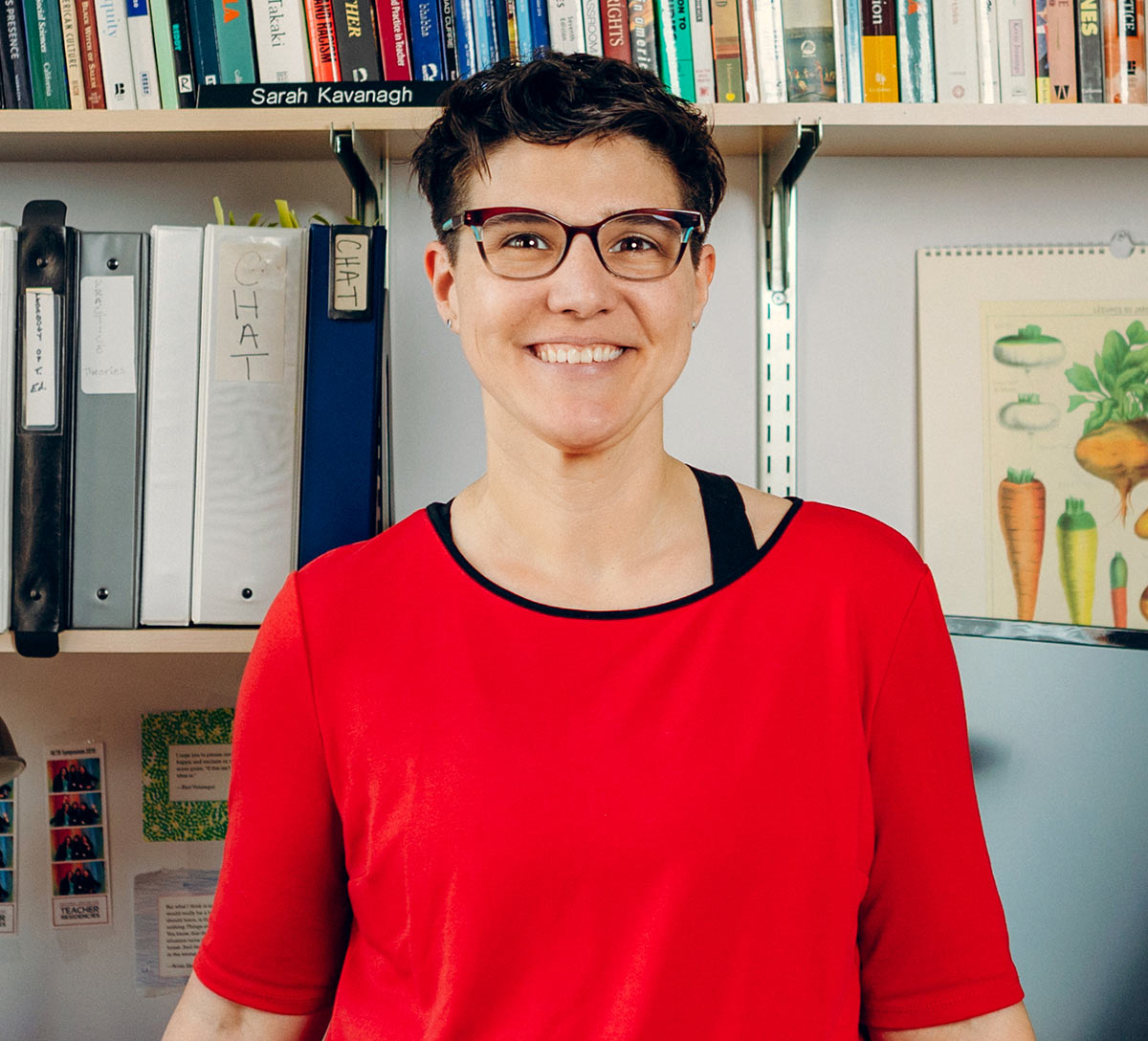Policy Corner
The Headline
Teacher Shortages Continue to Plague the US
 The Story
The Story
 The expert
The expert

 HER TAKE
HER TAKE
The August event that she helped convene on campus explored the tension between the urgency of needing teachers in classrooms immediately and the long-term benefits—not just for students, but for the teaching profession overall—of waiting to find or train the right teachers for the job.
“We want specific teachers—teachers who look like the kids in the room, teachers who are highly prepared, really good at their jobs—to do the work,” she said. “It’s actually a much more complicated issue than just getting bodies in rooms.”
Quality teacher preparation is key. Debate has persisted for years about whether training is crucial for teacher development or needless “red tape” that’s keeping aspiring educators from filling urgent vacancies. But, said Kavanagh, the research shows that teacher preparation is not only good for the teachers, but also for their students.
“Having some preparation to go into the profession—getting a credential—means that your kids are more likely to achieve,” she said. “Standardized test scores aren’t the only important measure, but if that’s the measure you’re looking at, you want your kids to have a teacher who is certified.”
But, she warned, not all training programs are alike. The for-profit teacher preparation programs that have recently proliferated online may not be leading to the same student success as other types of certification programs.
“It’s a new area for research, but emerging research shows fully online for-profit certification programs look much more like no certification when it comes to [student test] scores,” she said.
So, how do we ensure a well-trained, diverse stream of educators are in the pipeline, especially during this time of great need?
“We have to figure out how to not make it so expensive to get certified,” said Kavanagh. “Do states offer loan forgiveness for teacher prep? Do they partner with universities so that the cost of their programs doesn’t fall on the students? . . . You’ve got to make sure that the cost of entering the profession doesn’t fall on the young person who wants to teach, and then, you have to make sure districts are compensating teachers adequately once they’re [in the classroom]. That’s a solvable problem from the level of state and federal policy. People are making reasonable decisions not to enter teaching, and we can change the math of that reasonable decision.”